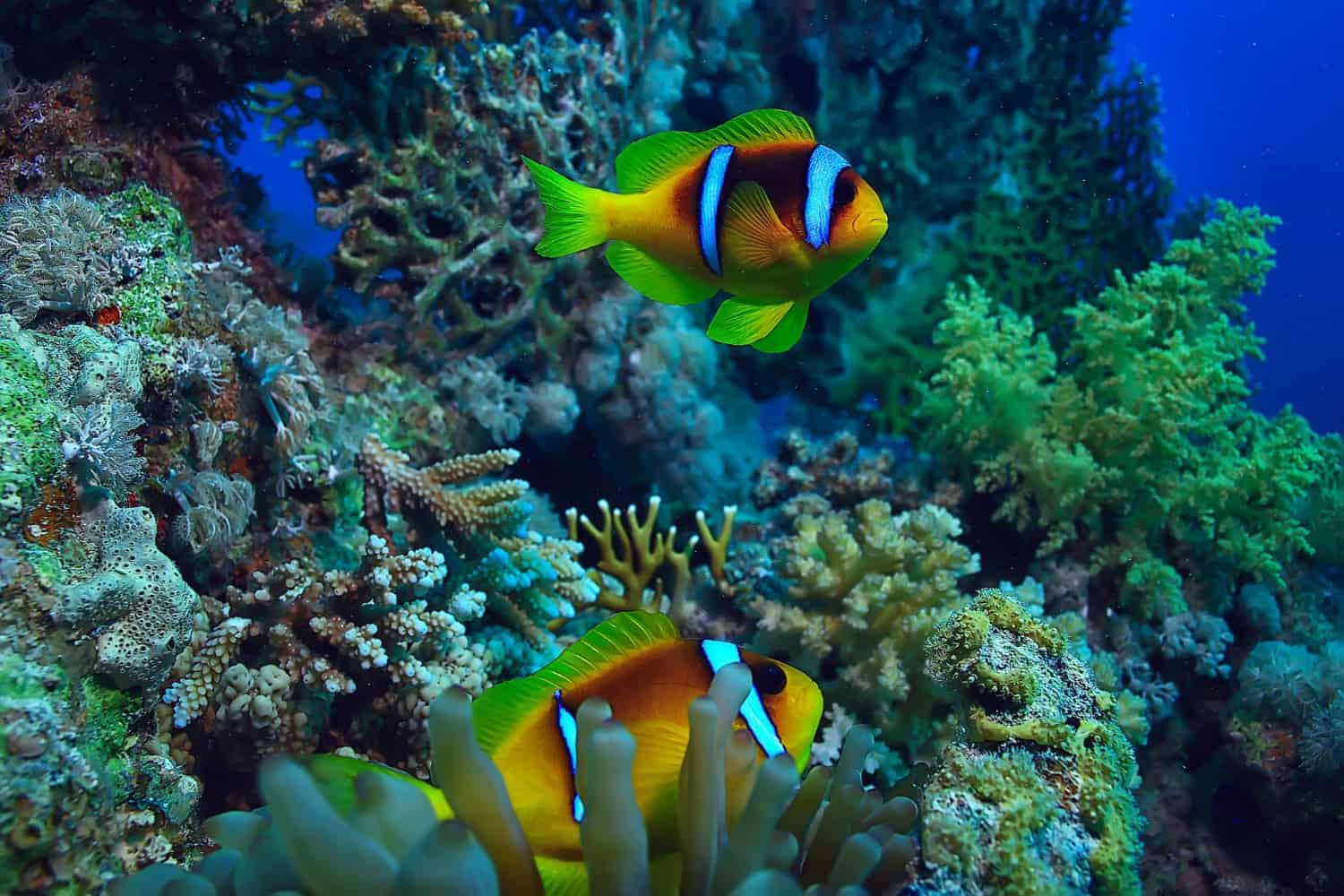
The survival and well-being of aquatic organisms is highly dependent on water quality. In general, ecosystems in naturally occurring water bodies have species that can regulate water quality and an optimal balance between various substances. However, even in the absence of an adverse human impact on biodiversity, such ecosystems may undergo crises that will result in water quality deterioration and may require human assistance to recover. In artificial water bodies, self-regulation is even weaker. Here is practical information on controlling and maintaining optimal water quality.
Understand the specific requirements for water quality
Water quality refers to biological, physical, and chemical characteristics such as temperature, pH, the amount of dissolved oxygen, and nutrient levels including phosphorus and nitrogen. Water turbidity or haziness caused by suspended particles of microscopic organisms, sediments, and organic matter is another parameter that determines water quality. One more essential parameter is the presence of pathogens and toxic substances.
It is undeniable that aquatic organisms need clean water to thrive, but the parameters for water can be very different for various types of water bodies. Even between two aquariums, there is a big difference if one is set up for marine organisms and the other for freshwater inhabitants. In addition, small outdoor water reservoirs, such as ponds, have more contact with the outside world than aquariums and may be affected by other factors than closed water tanks, which results in unique needs.
Taking care of the water quality in your aquarium
As mentioned earlier, some water quality requirements are different for freshwater and saltwater aquariums, however, they also share similar parameters.
You can check the water quality in your aquarium with special tests. Such is offered by Aquaforest: https://aquaforest.eu/en/product-category/testpro/.
Salinity
Freshwater aquariums are filled with water that does not contain salt from the very beginning. Since the only way it can get salt is by adding it to the tank on purpose, there are no requirements for measuring salinity in freshwater tanks. The salt content in marine aquariums is of great concern. Therefore, any aquarist who wants to install a saltwater tank should invest in accurate measuring equipment, for example, a refractometer. To maintain proper salinity levels, it is important to use salt specifically dedicated to aquariums, such as the salt offered by Aquaforest, which also offers salt-containing probiotic bacteria that are essential for the health of aquarium organisms.
Calcium and pH
The ideal pH is also different for saltwater and freshwater aquariums. In saltwater aquariums, the pH should be between 8.1 and 8.4, as high alkalinity is especially important for the growth of invertebrates such as corals.
The preferable pH for freshwater aquariums is usually between 6.8 and 7.8, but note that it may vary from this range depending on the needs of specific plants and fish species. For instance, if you want to keep crustaceans or snails, you may need a higher alkalinity of water and may consider using calcium supplements.
One of the most accurate ways to measure pH in your aquarium is to use an electronic pH meter.
Ammonia and nitrate levels
Ammonia and nitrates are undesirable for any type of water, but the presence of these substances in a marine aquarium can be an even greater issue for saltwater organisms because they have a lower tolerance to these compounds. A special kit may be needed to control ammonia and nitrate levels, while it is possible to keep the water free of these substances by monitoring and maintaining the cleanliness of the water. the level of these harmful compounds can also be effectively reduced by probiotic bacteria.
Temperature
Most marine animals that you can put in your aquarium prefer a temperature between 24°C and 28°C, but there might be exceptions. For freshwater creatures, this range can vary even more.
To control the temperature, you will need a reliable thermometer and a heater.
Recommendations for maintaining water quality in ponds and fish hatcheries
Parameters such as pH, temperature, salinity, nitrate, and ammonia levels also determine water quality in small artificial reservoirs such as fish hatcheries and ponds. However, maintaining the high quality of their water differs a lot.
The specific nature of water ponds and fish hatcheries depends on the size of a pond, more maintenance may be required because the ecosystem is much more diverse than the ecosystem of fish hatcheries, where fish also have less contact with the outside world and fewer interactions with other species. Fish hatcheries may also have less water, which makes them more controllable.
Maintaining a complex ecosystem is rarely necessary for fish hatcheries because their primary purpose is to provide ideal conditions for the growth and reproduction of a particular species. This is not true for ponds, which are more often intended to replicate natural, diverse ecosystems.
Water sources
Fish farms frequently use water that comes from tested natural sources which meet quality requirements from the start. Ponds are fed with water from a variety of sources, including groundwater and rainwater, and also experience such processes as evaporation and runoff that can significantly alter water parameters. As a result, they are more susceptible to contamination from water sources and can lose nutrients more easily. Monitoring water sources may also be required to prevent or address this imbalance promptly.
Waste Management
Generally, fish hatcheries cannot efficiently manage waste without special equipment such as settling tanks and mechanical filters.
Ponds leverage natural mechanisms of waste disposal that rely on microbial activity that breaks down organic matter in the water. Although this makes the process of waste disposal easier for pond owners, they should still monitor its effectiveness. Sometimes an excess of organic matter can make it difficult for the microorganisms in the water to deal with waste and then human supervision is needed to remove the accumulated debris.
photo source: Freepik

